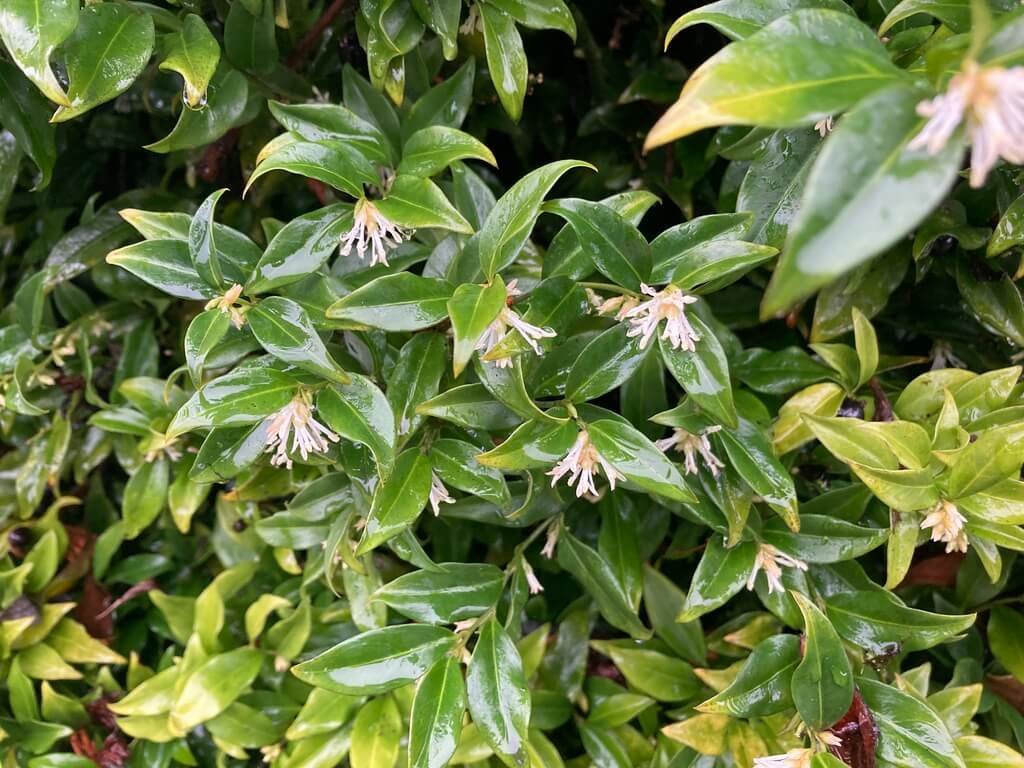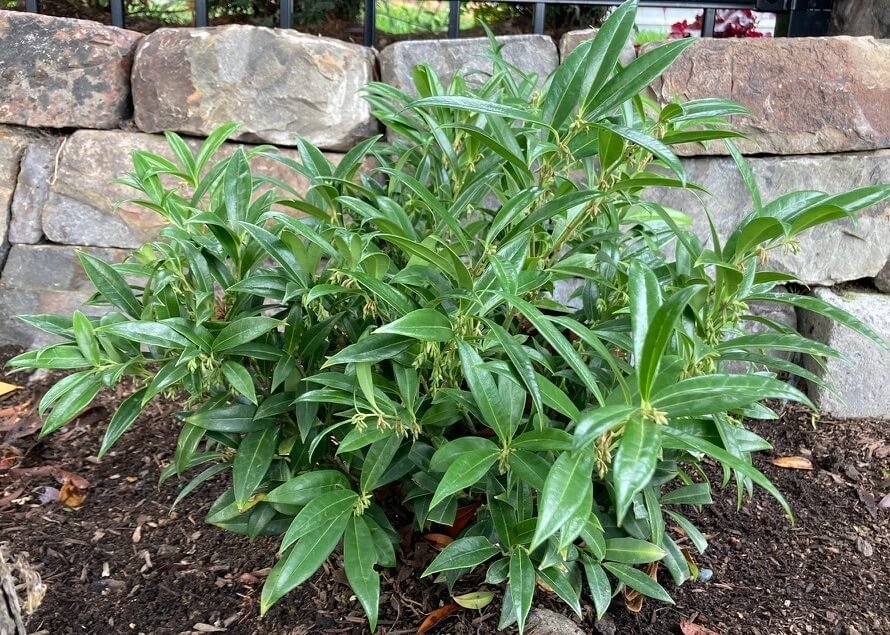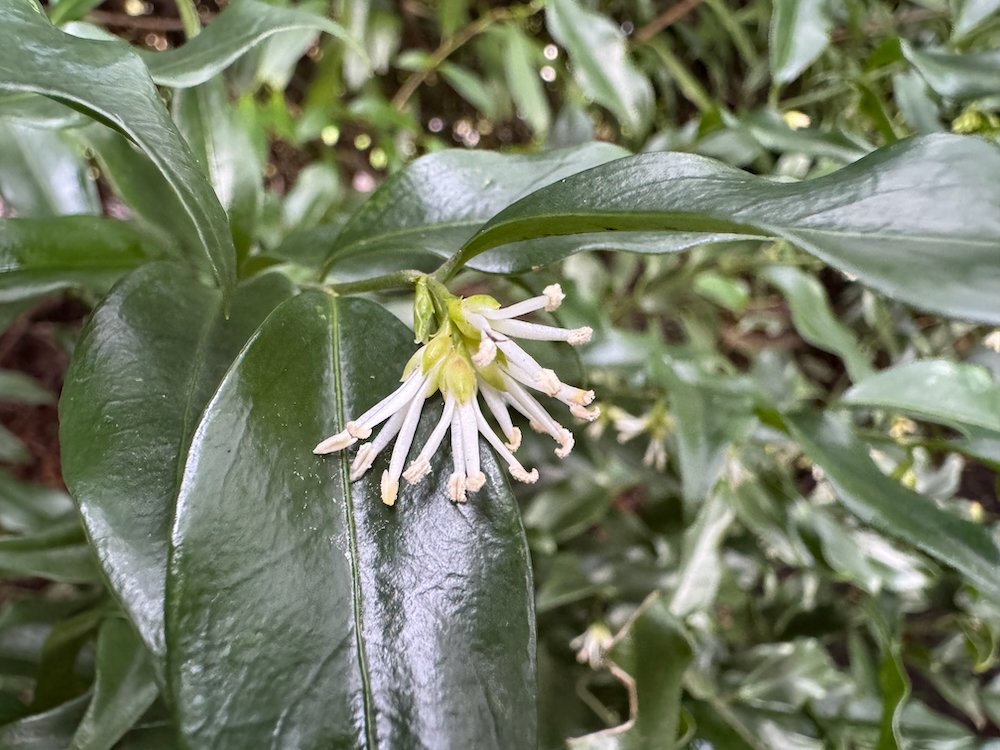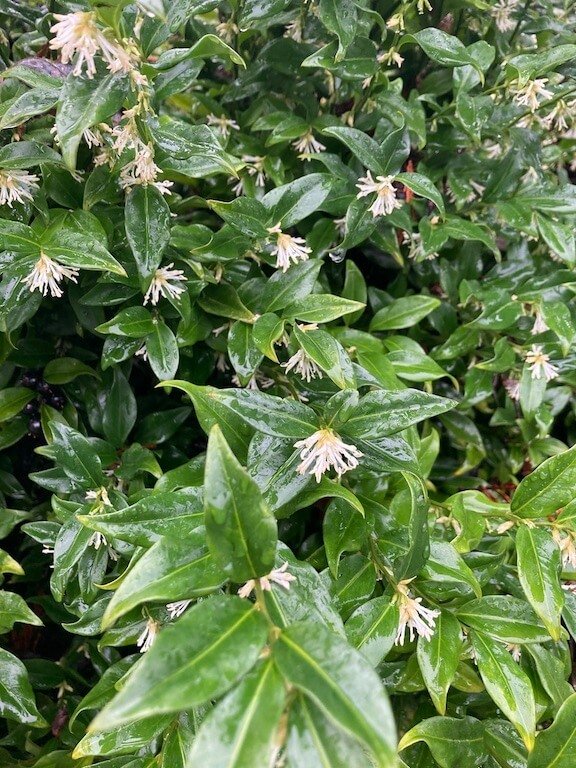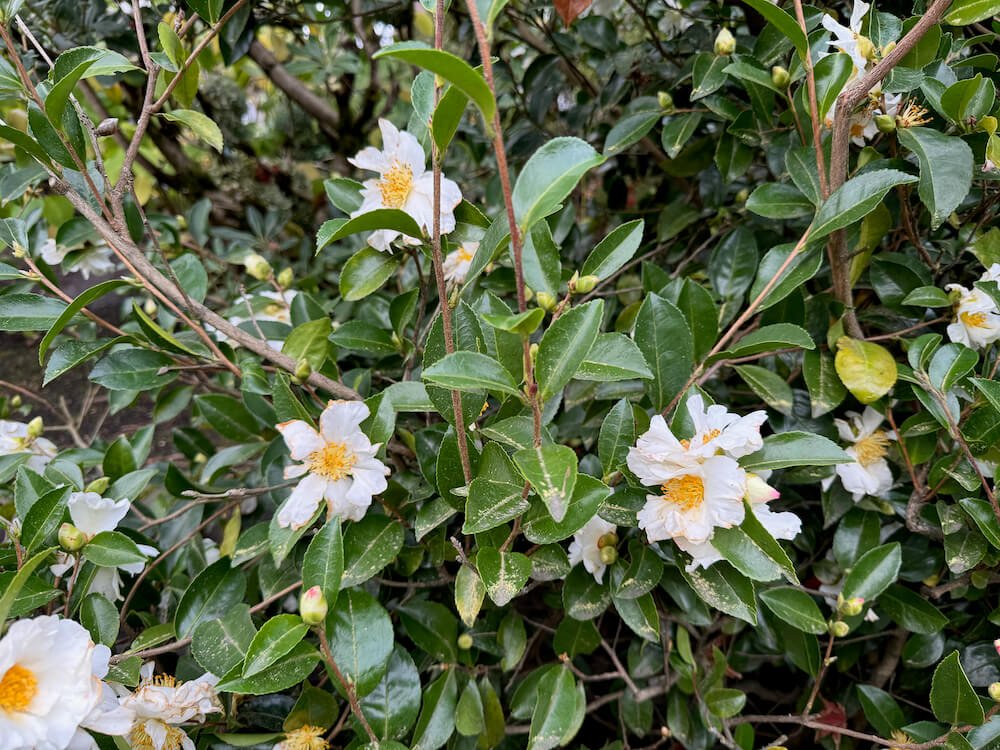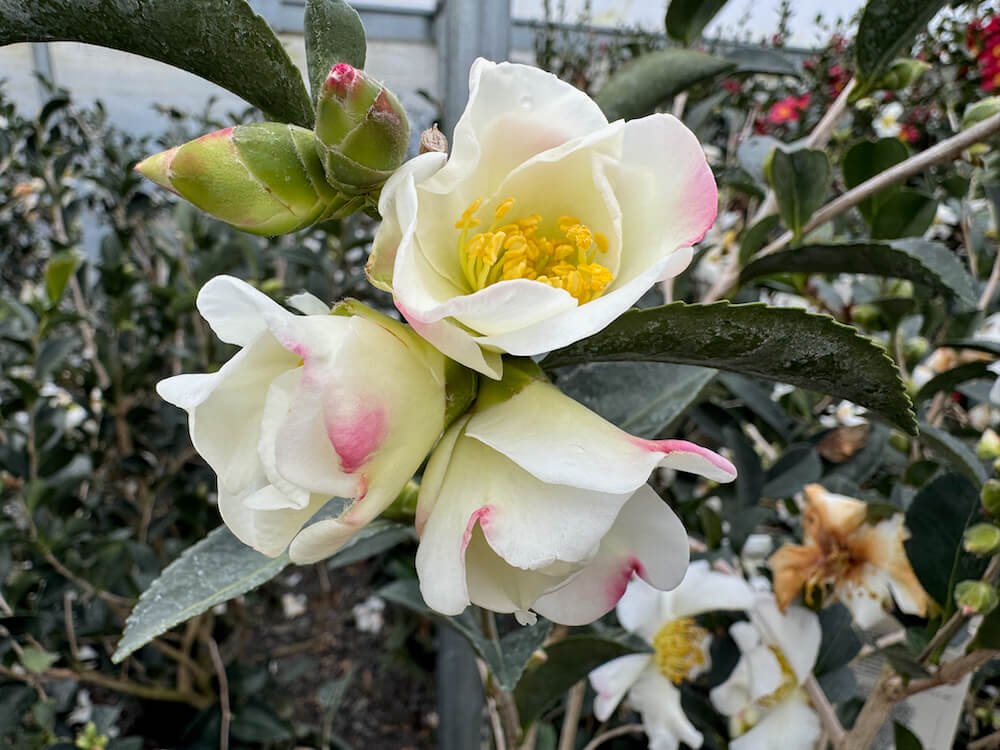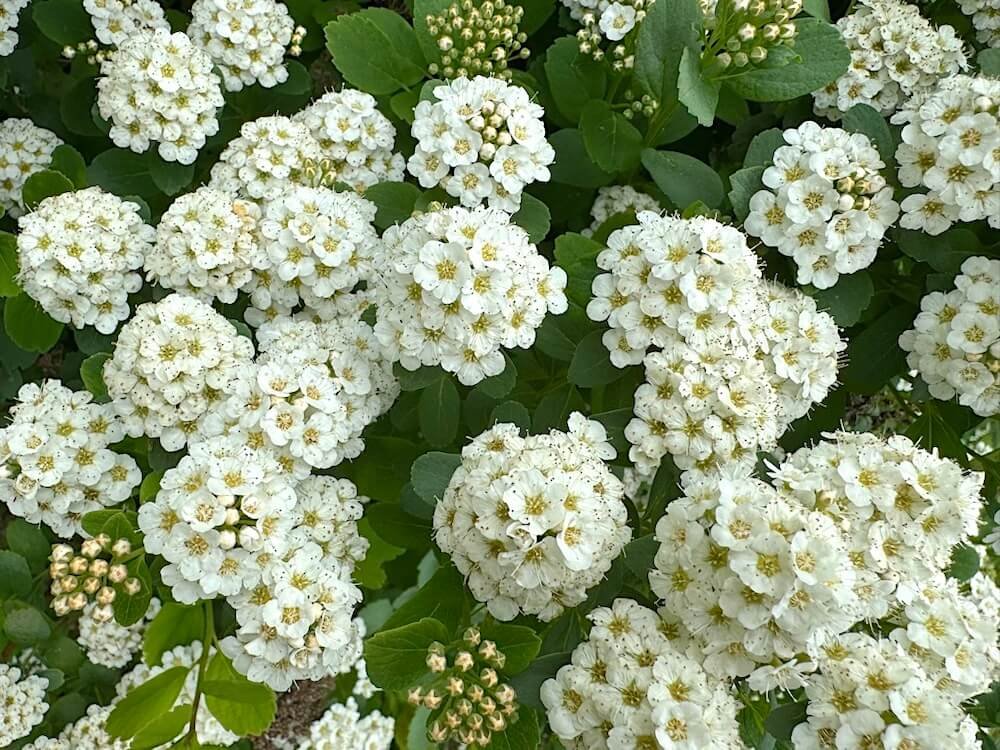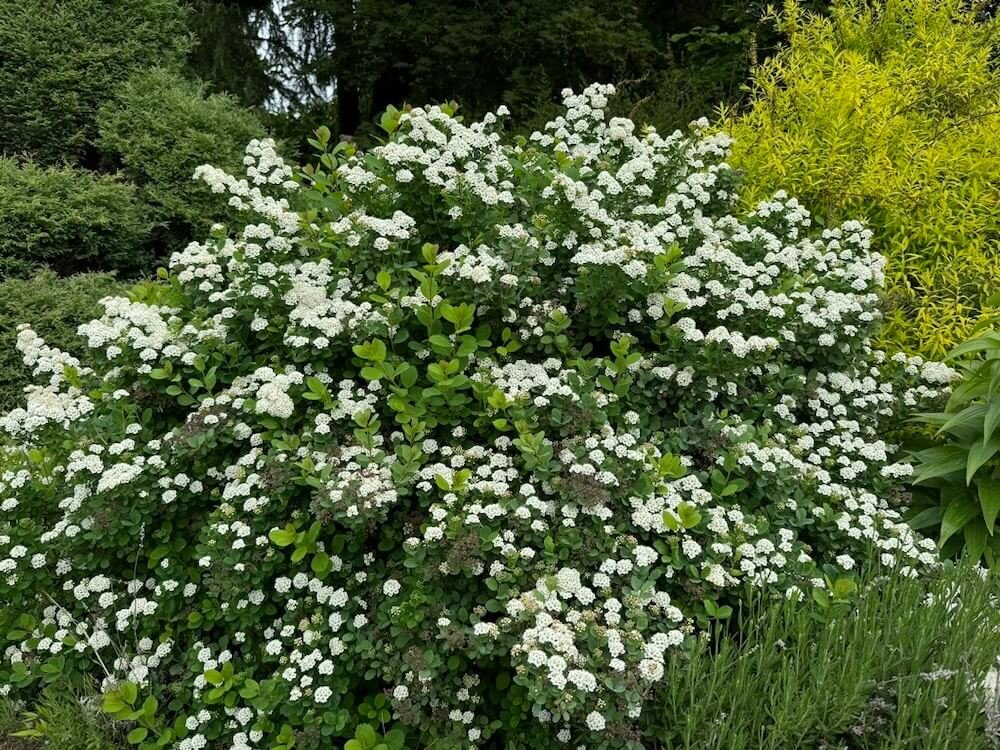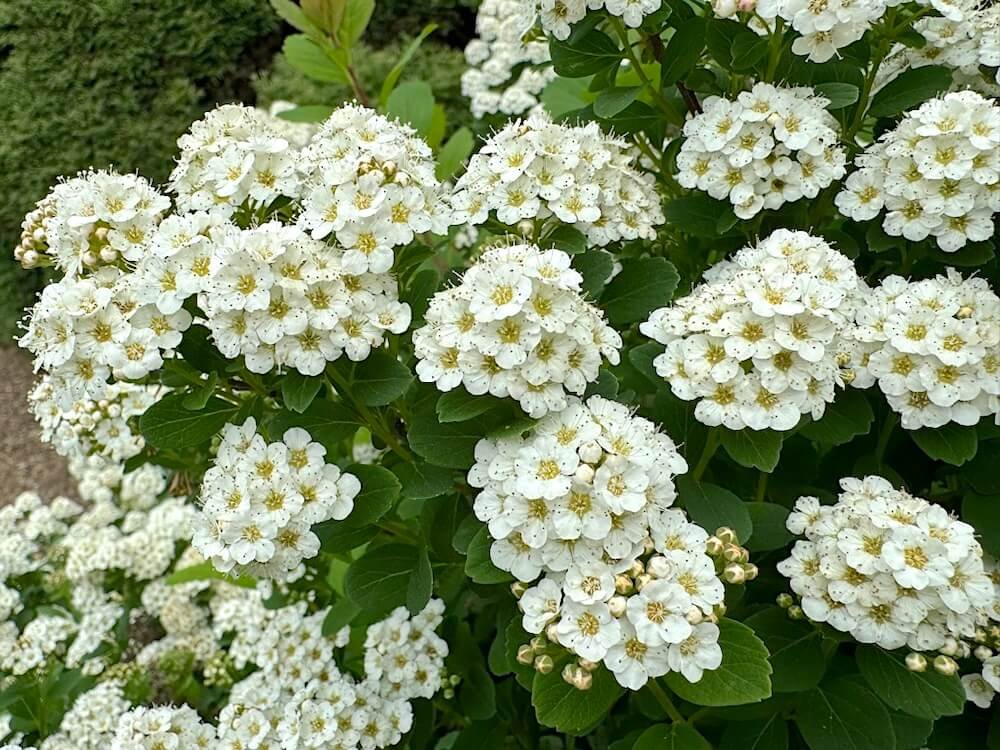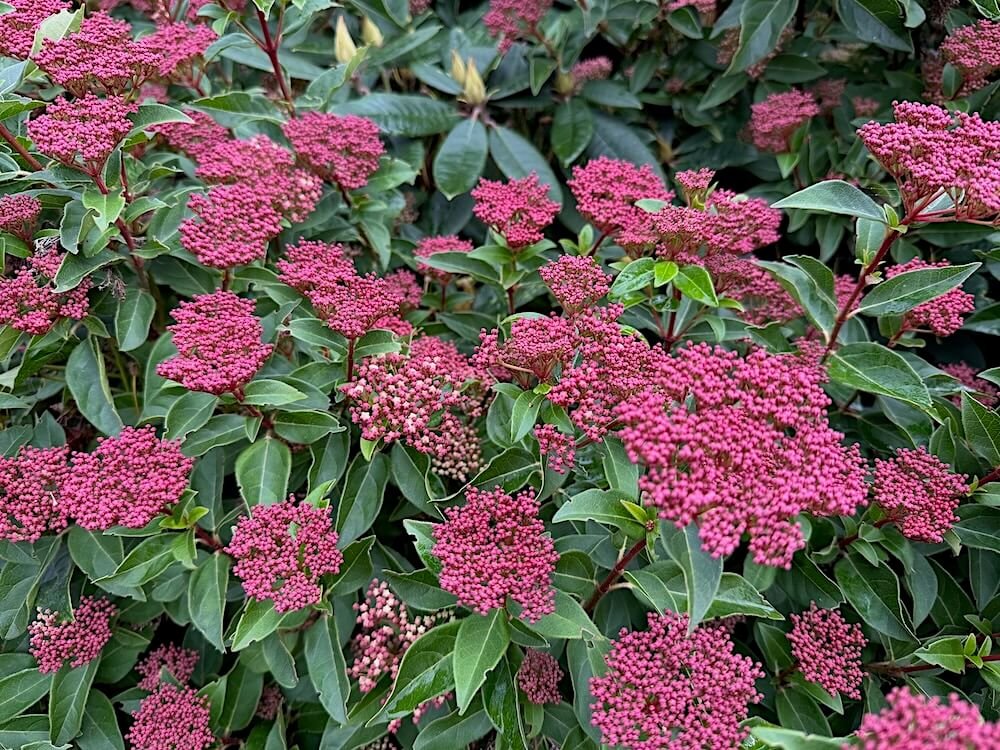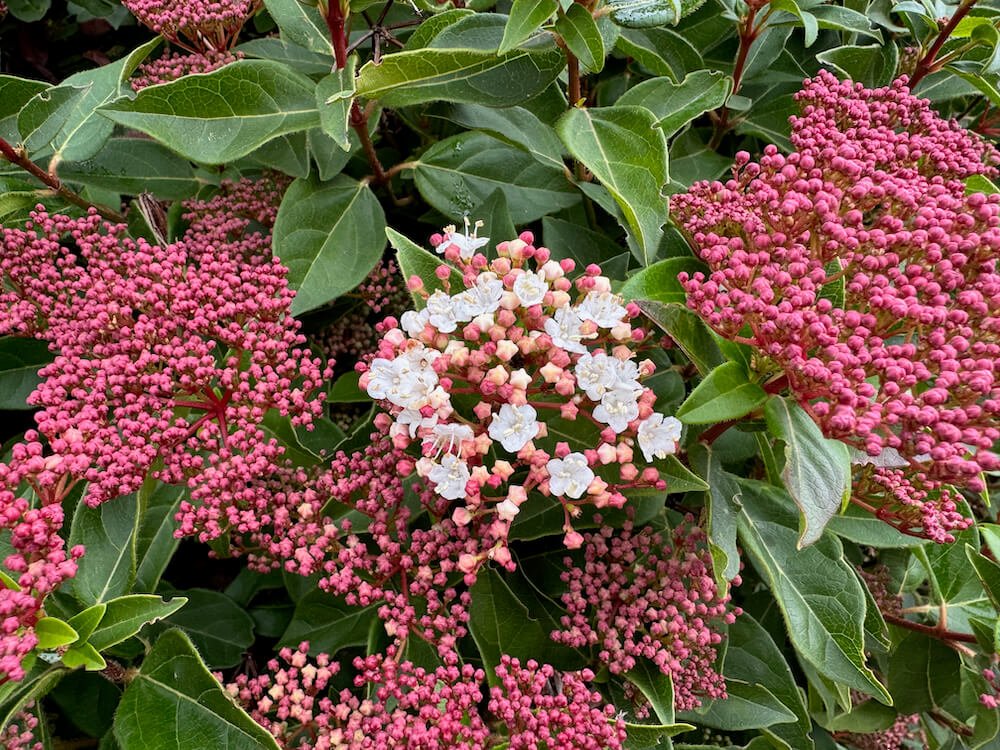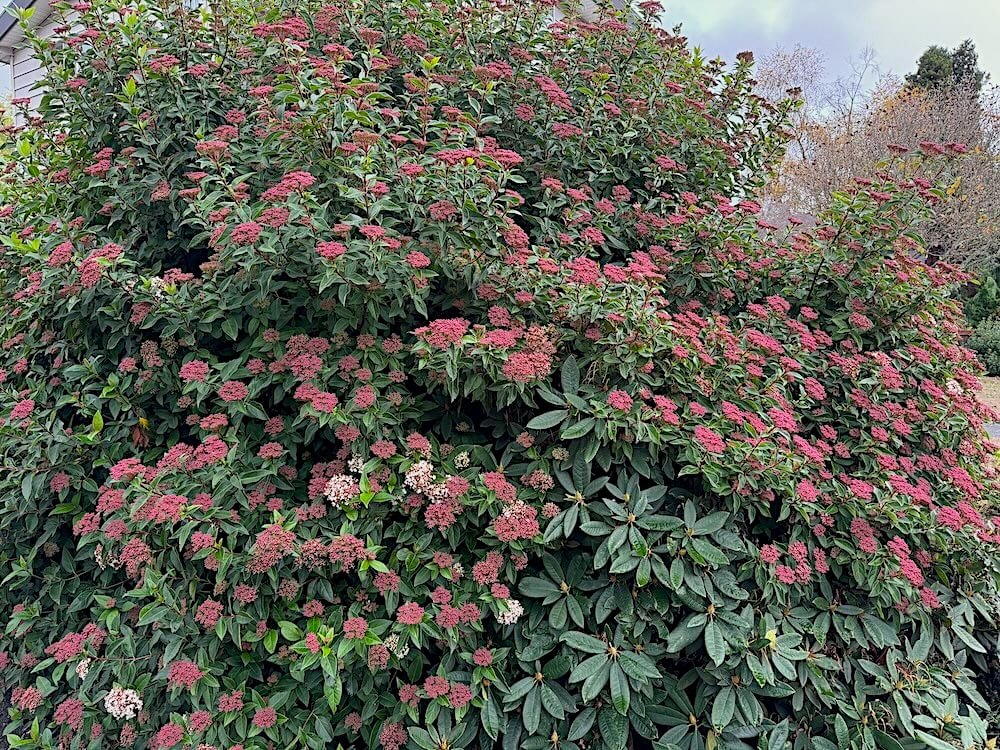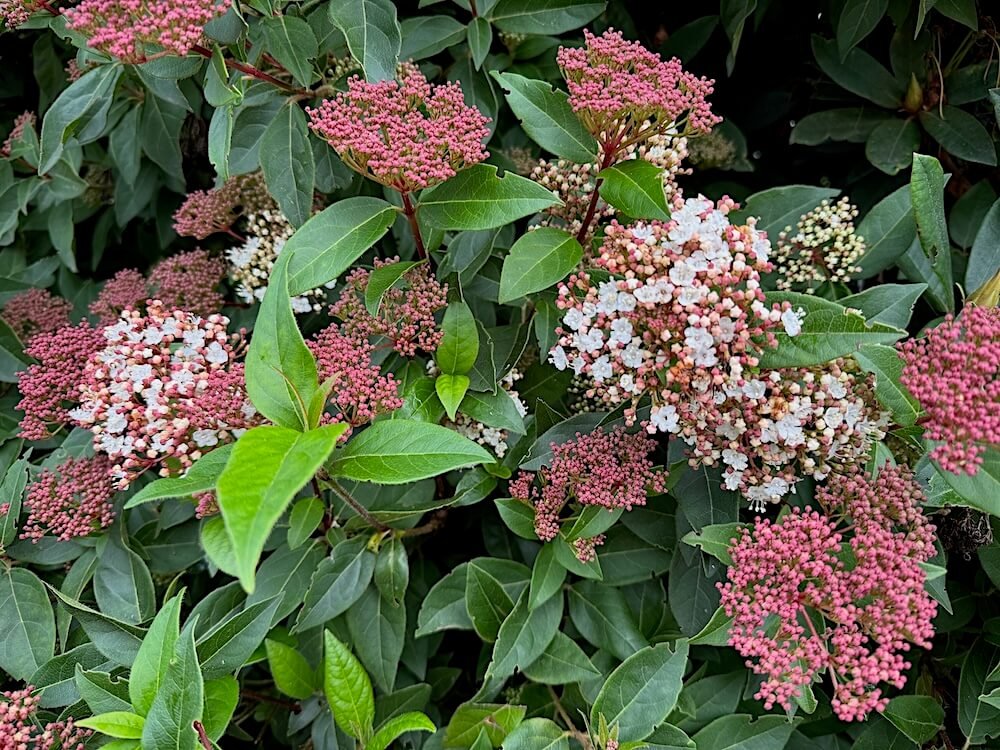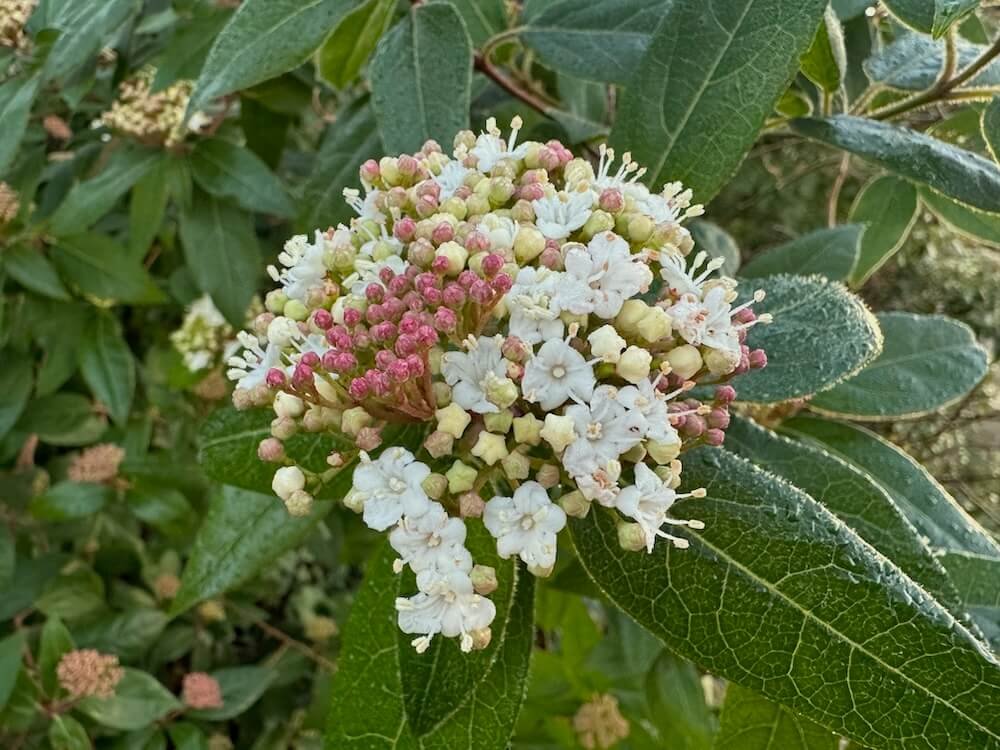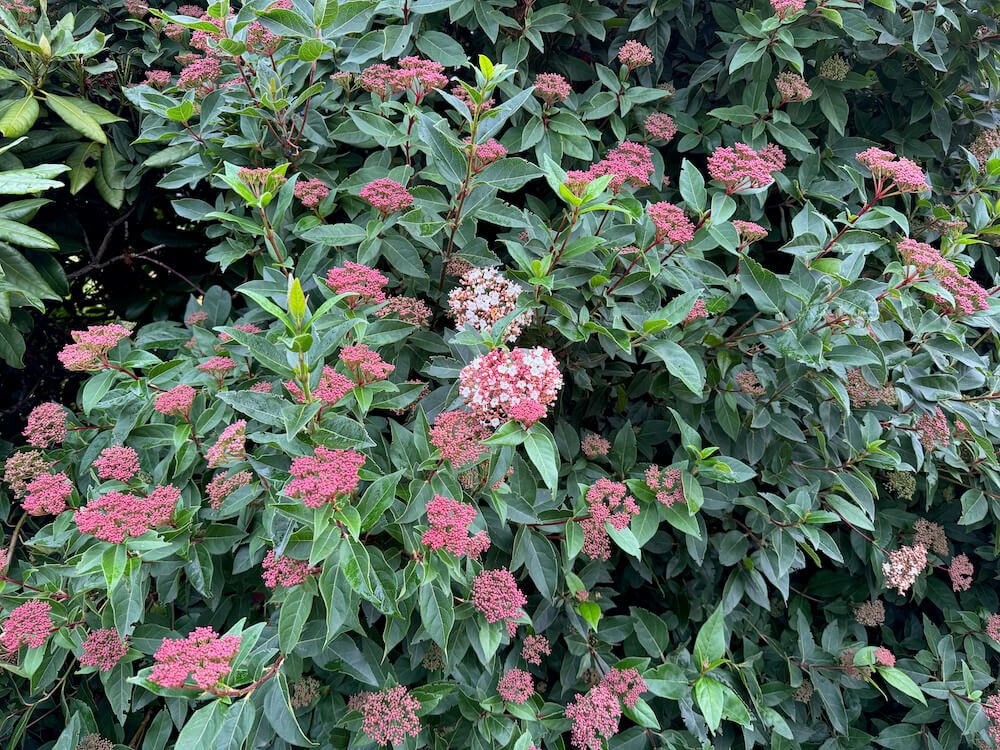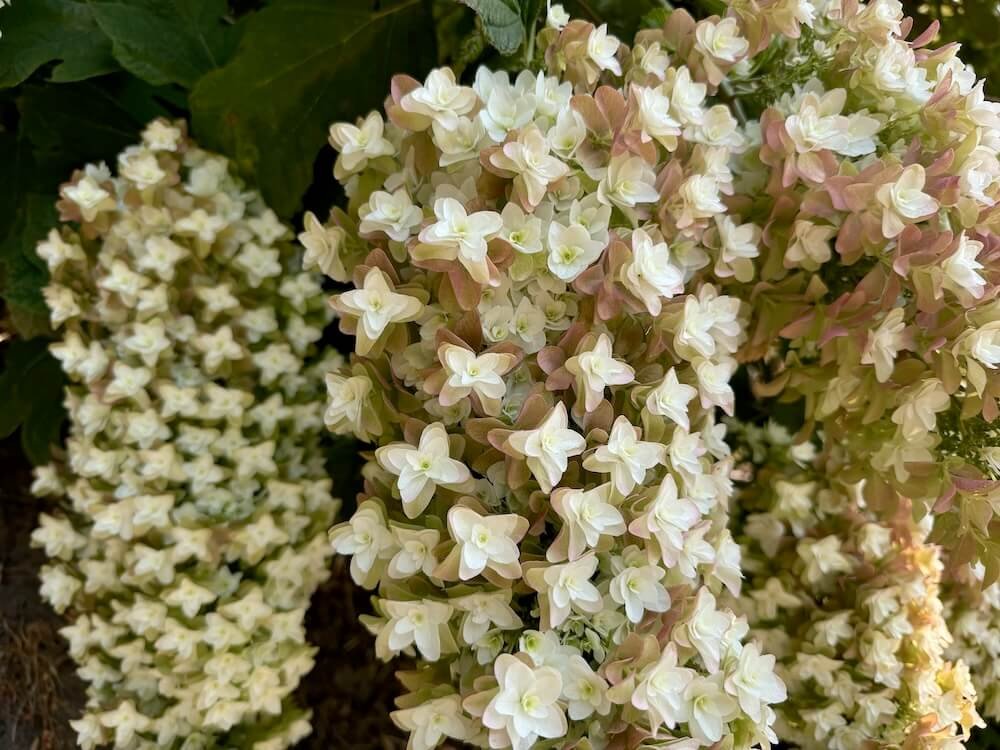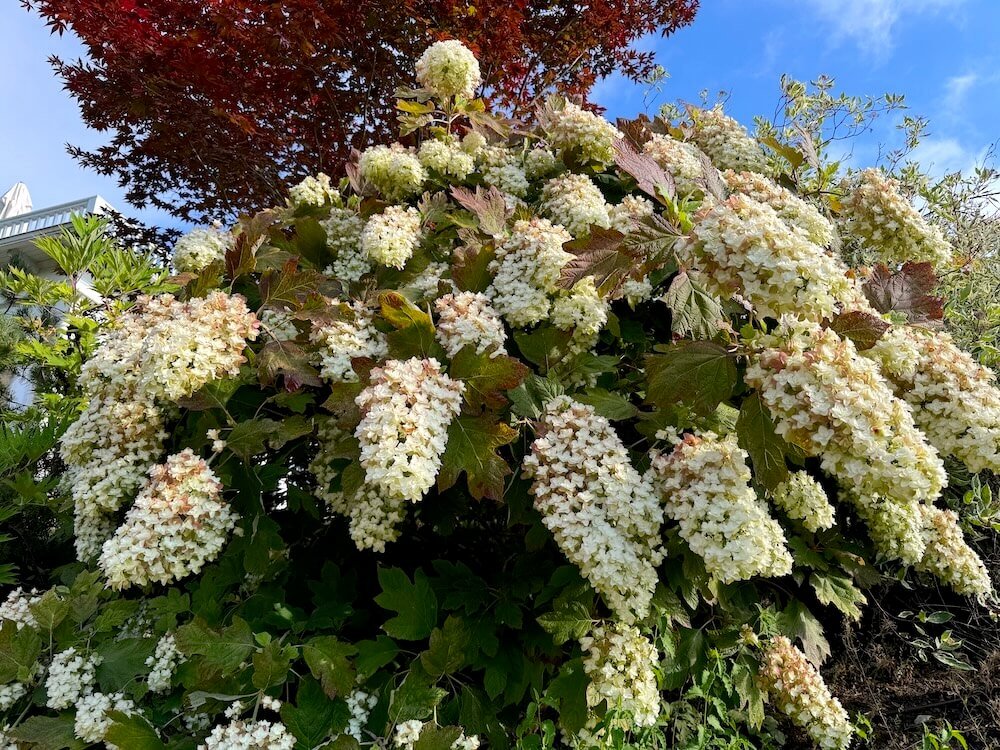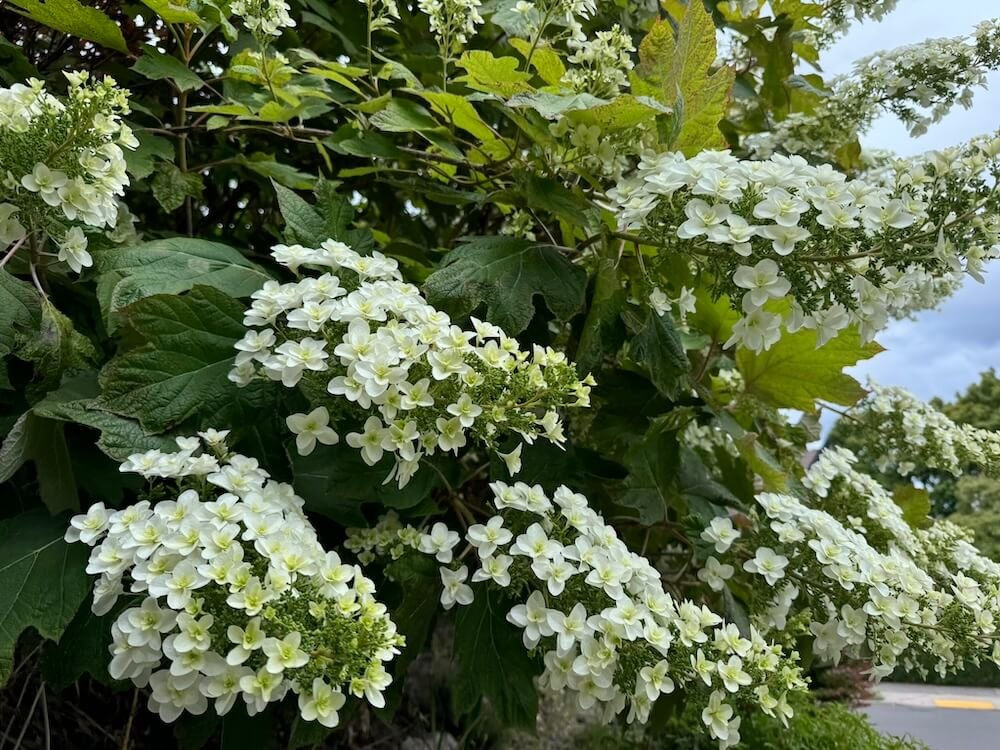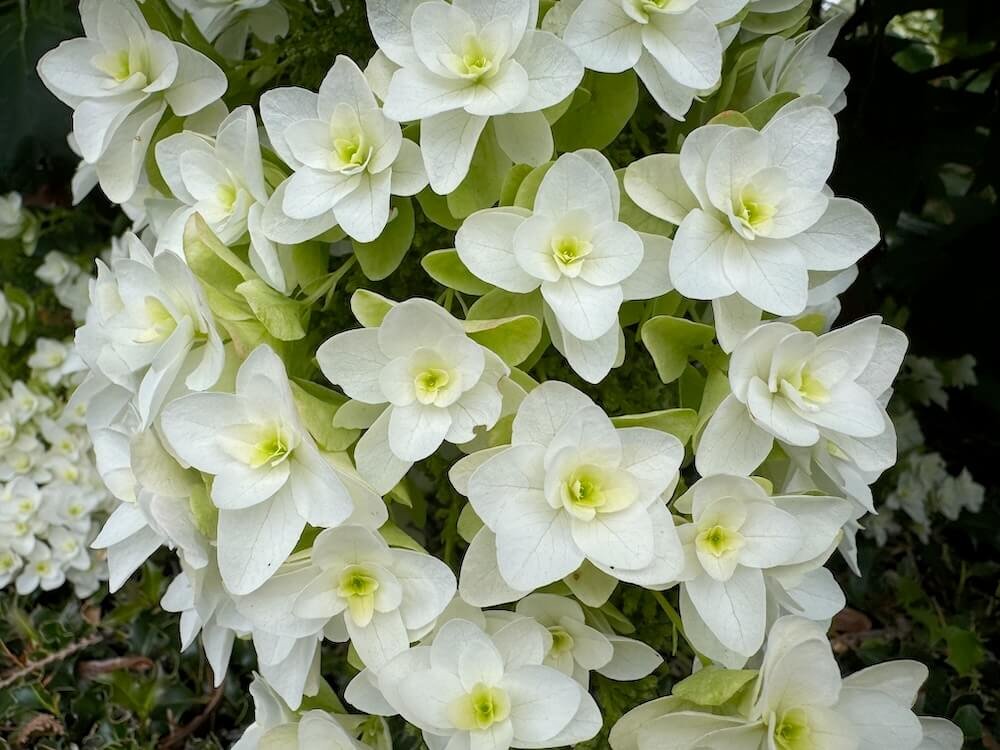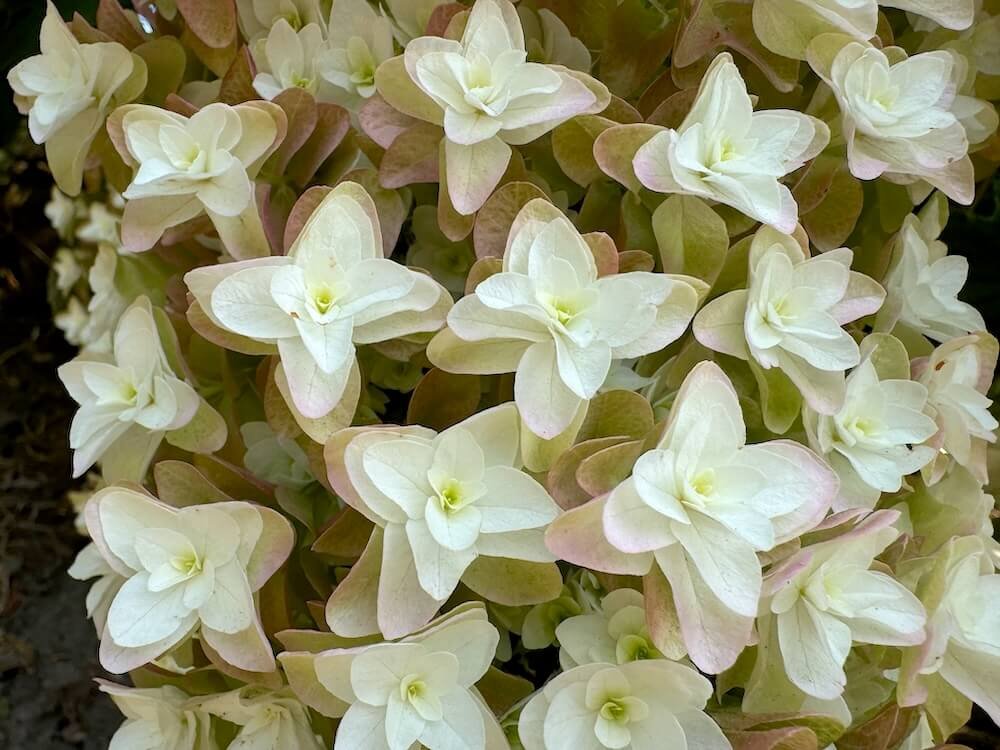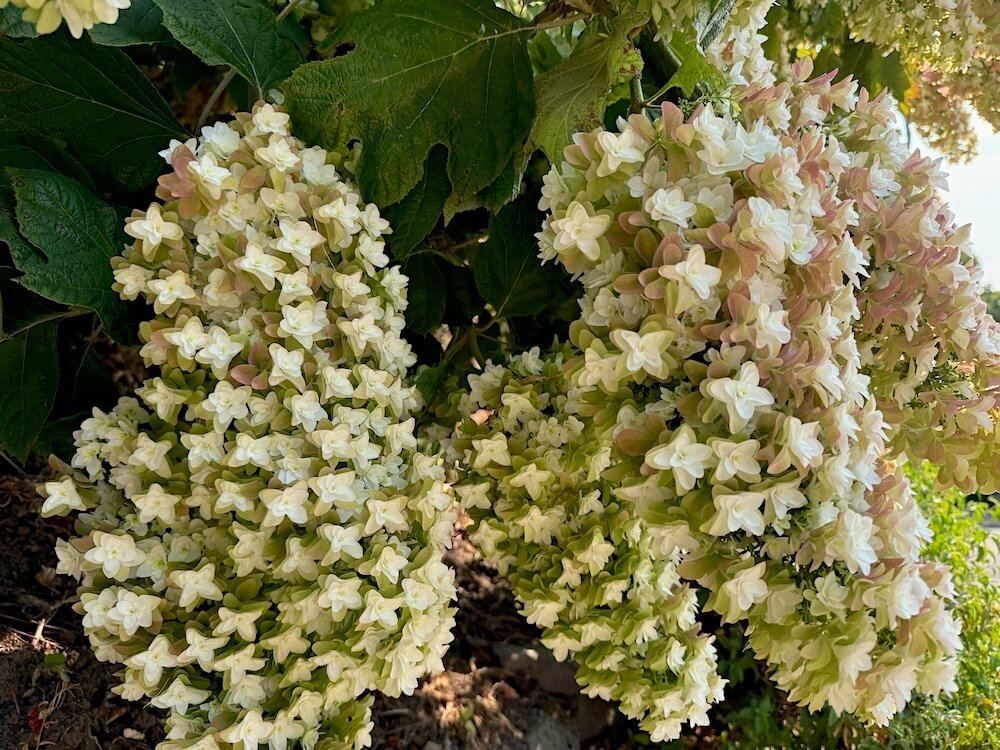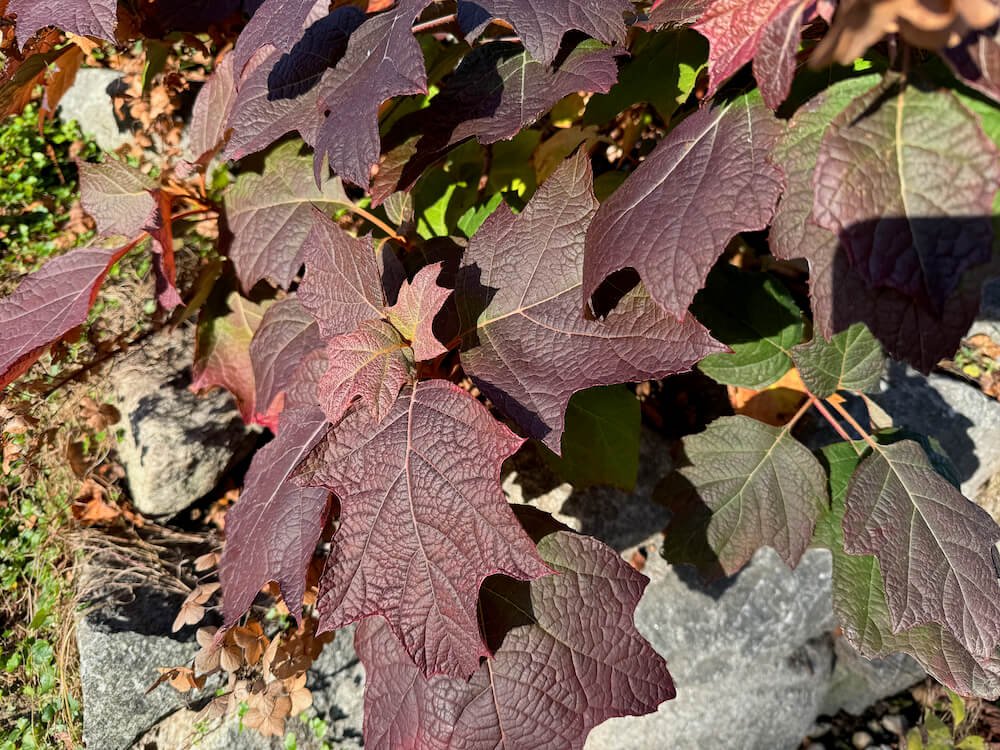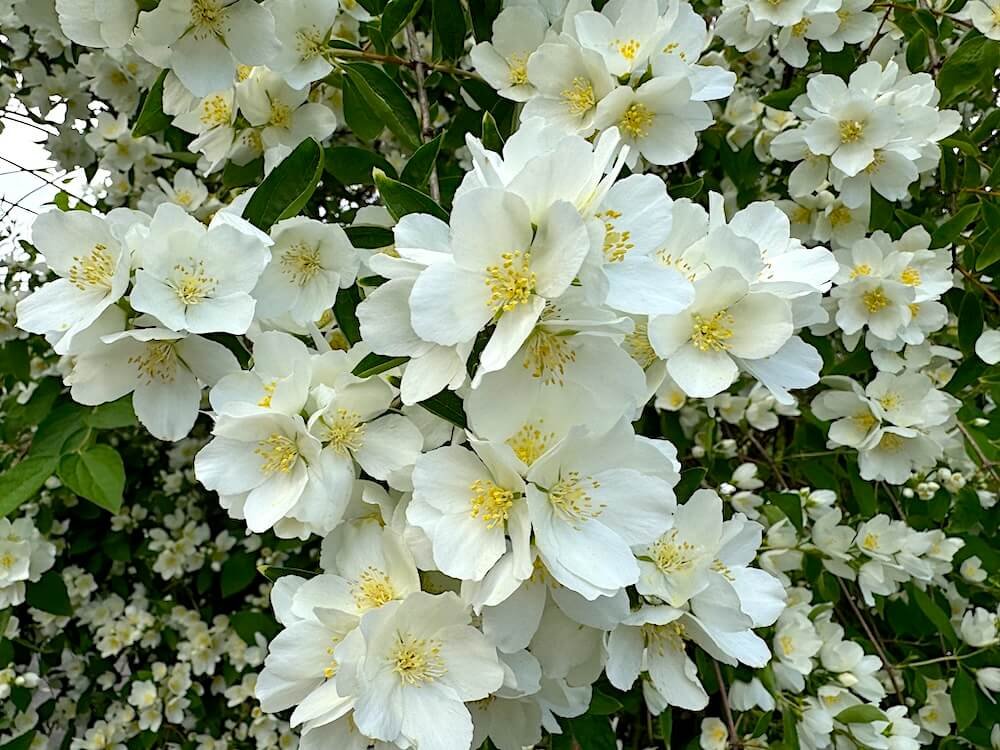 Image 1 of 5
Image 1 of 5

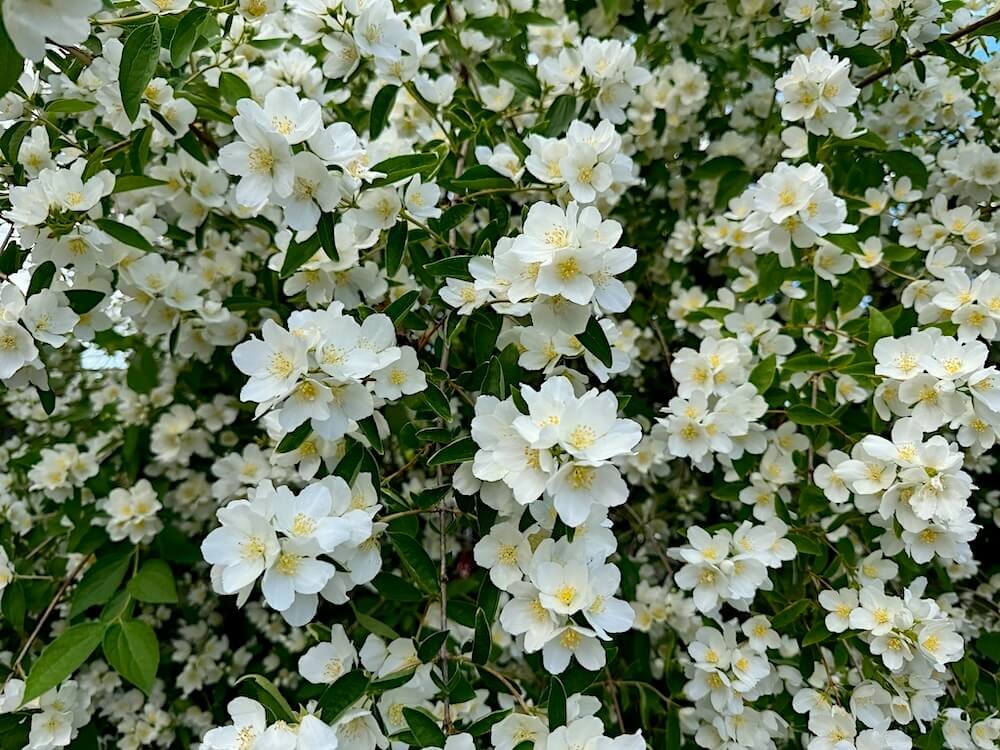 Image 2 of 5
Image 2 of 5

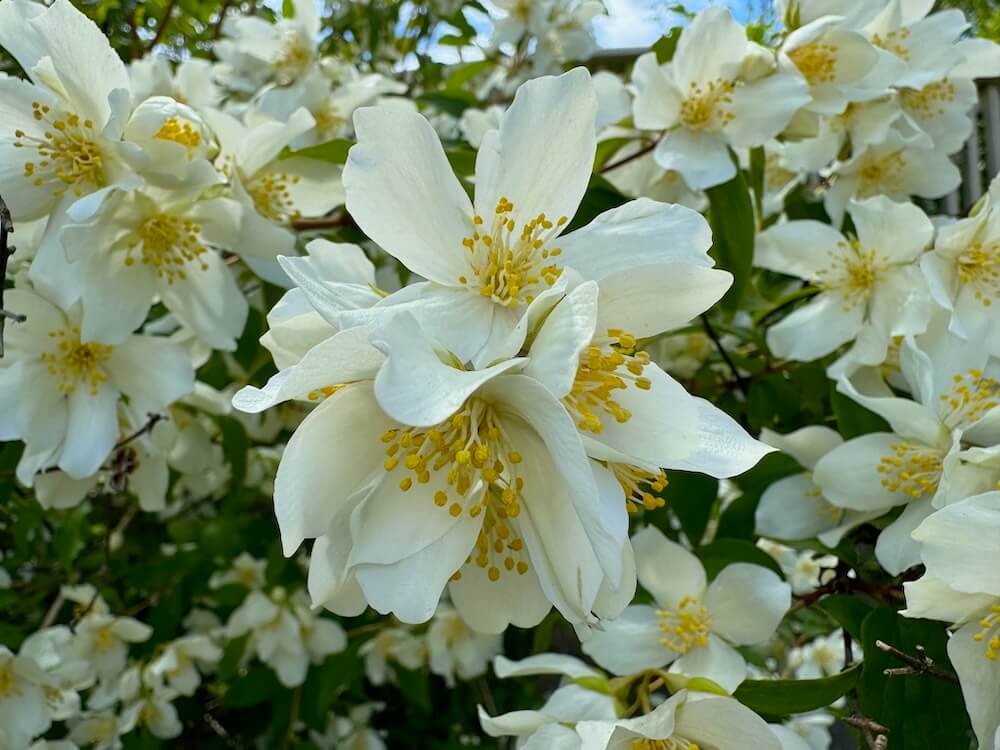 Image 3 of 5
Image 3 of 5

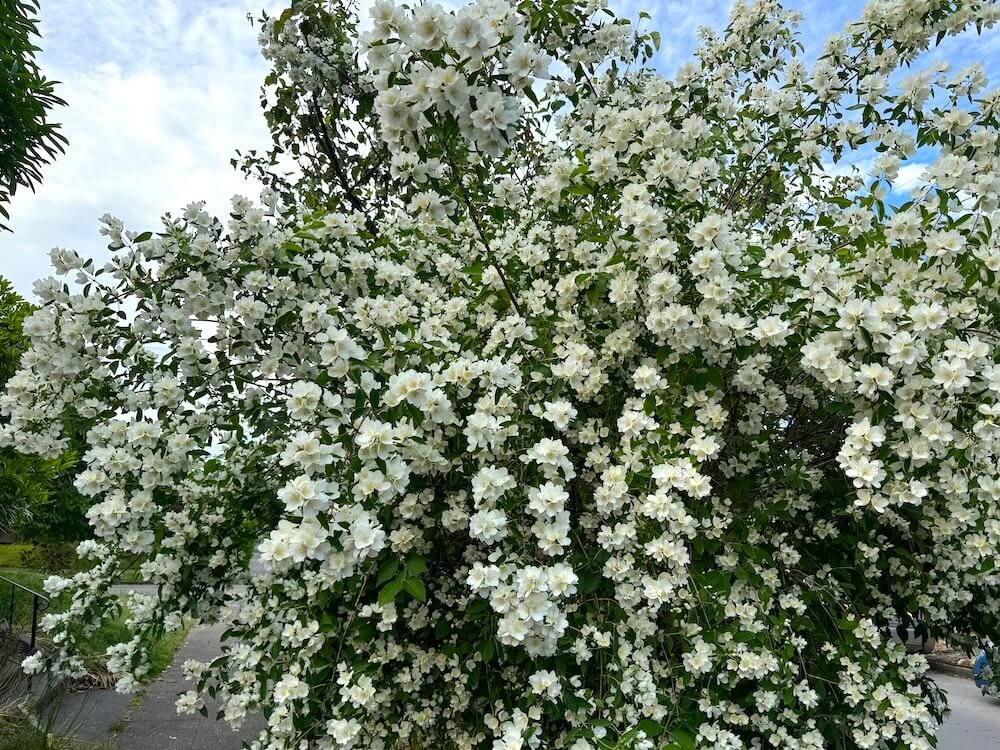 Image 4 of 5
Image 4 of 5

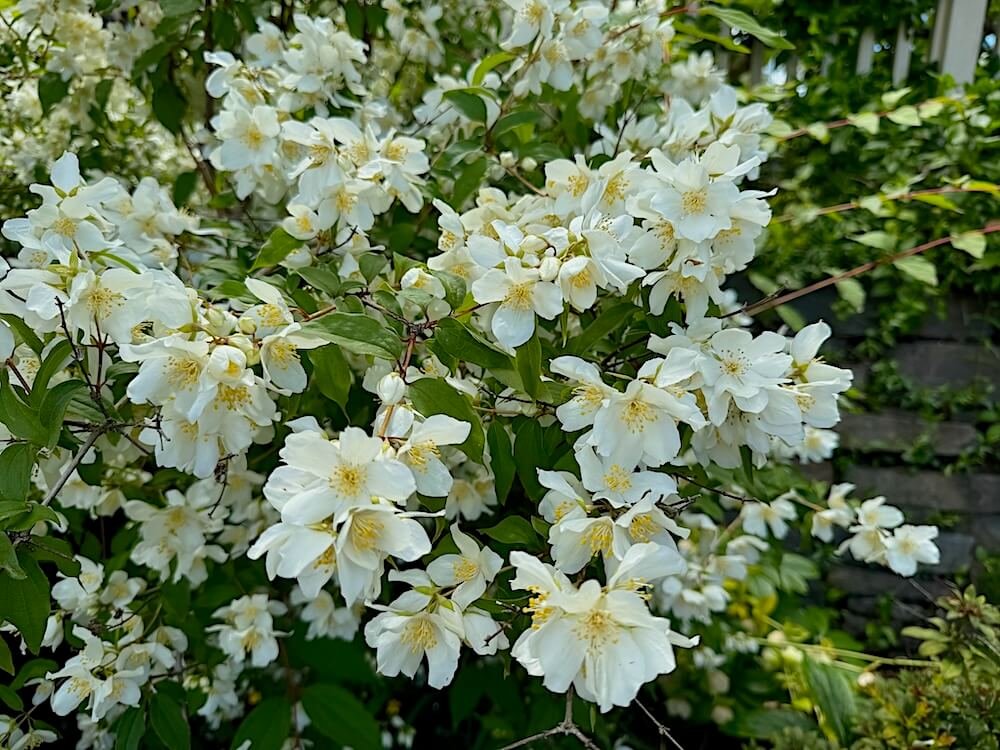 Image 5 of 5
Image 5 of 5






Philadelphus coronarius | Mock Orange
DESCRIPTION
Philadelphus coronarius, commonly known as the mock orange, is a deciduous shrub celebrated for its fragrant white flowers. Blooming in late spring to early summer, its large clusters of blooms resemble orange blossoms, filling the air with a sweet, citrus-like fragrance. The plant’s dark green leaves provide a lush backdrop to the blossoms, which are often used to create visually appealing hedges or focal points in gardens.
Native to southeastern Europe and western Asia, Philadelphus coronarius has been cultivated for centuries due to its ornamental value and pleasing fragrance. It adapts well to a variety of climates and has become a popular choice in gardens around the world. In addition to its beauty, it attracts pollinators such as bees and butterflies, adding ecological value to landscapes.
DESCRIPTION
Philadelphus coronarius, commonly known as the mock orange, is a deciduous shrub celebrated for its fragrant white flowers. Blooming in late spring to early summer, its large clusters of blooms resemble orange blossoms, filling the air with a sweet, citrus-like fragrance. The plant’s dark green leaves provide a lush backdrop to the blossoms, which are often used to create visually appealing hedges or focal points in gardens.
Native to southeastern Europe and western Asia, Philadelphus coronarius has been cultivated for centuries due to its ornamental value and pleasing fragrance. It adapts well to a variety of climates and has become a popular choice in gardens around the world. In addition to its beauty, it attracts pollinators such as bees and butterflies, adding ecological value to landscapes.
-
Family: Hydrangeaceae
Height: 8 to 10 feet
Width: 6 to 8 feet
Foliage Color: Dark green
Flower Color: White with a yellow center
Bloom Time: Late spring to early summer
Light Requirements: Full sun to part shade
Water Requirements: Moderate
Maintenance: Low; occasional pruning after flowering to maintain shape
Growing Zone: USDA zones 4 to 8
Wildlife Attractors: Bees, butterflies, and other pollinators

